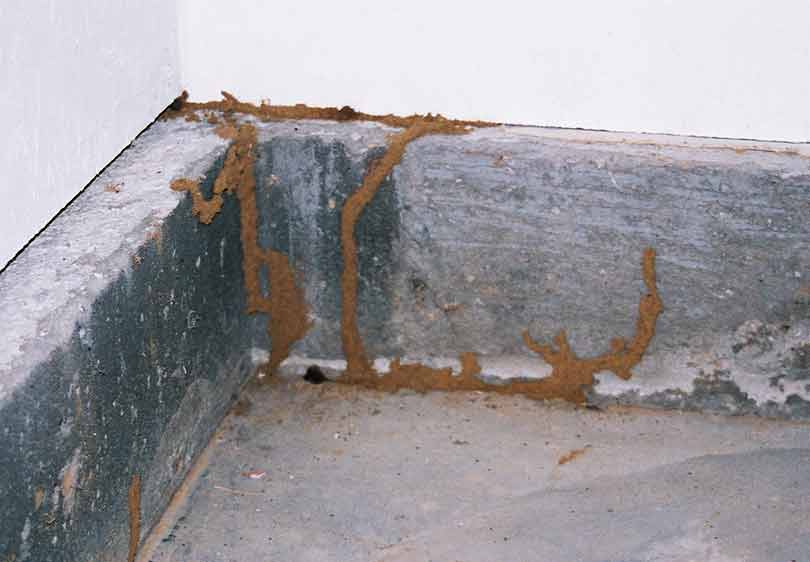Efficient Bug Control Solutions for Vole Infestations

In the realm of insect control, vole invasions provide an one-of-a-kind challenge that demands a calculated technique. By diving right into the intricacies of vole behavior and exploring an array of control techniques, a detailed insect management strategy customized to these elusive animals can be crafted. From all-natural repellents to ingenious trapping techniques, the collection against vole invasions is multi-faceted.
Comprehending Vole Behavior
Voles, tiny rodents commonly located in areas and gardens, display distinctive actions patterns that are vital to comprehend when executing pest control actions - utah vole control. These animals are prolific diggers, creating a substantial network of passages underground where they nest, shop food, and seek shelter from killers and severe weather condition. Voles are herbivores and mainly feed on grasses, seeds, origins, and light bulbs, making areas and gardens perfect environments for them
One secret actions of voles is their rapid price of reproduction. Ladies can provide birth to multiple trashes each year, with trash sizes ranging from 3 to six dogs. This high reproductive capacity enables vole populaces to rapidly increase, leading to invasions if left uncontrolled.
Comprehending vole actions likewise entails acknowledging their patterns of activity and foraging. Voles create surface area paths in grassy locations as they travel between their burrows and food resources. By observing these paths and the places of burrow entries, pest control professionals can recognize high-traffic areas and tactically area catches or deterrents to successfully manage vole populations.
Natural Repellents and Deterrents
With an understanding of vole actions as a foundation, exploring natural repellents and deterrents comes to be important in efficiently managing vole infestations in fields and yards. Furthermore, incorporating predator pee, such as that of foxes or coyotes, around the yard boundary can create a natural obstacle that indicates danger to voles, urging them to stay away.
Additionally, making use of castor oil-based repellents can interrupt vole passages as they discover the scent and taste undesirable, triggering them to transfer. Mulching with materials like crushed rock, lava rocks, or coarse sand can additionally discourage voles as they do not like digging with these harsh compounds. Implementing a combination of these all-natural repellents and deterrents can help properly manage vole populaces in a lasting and non-toxic fashion, safeguarding plants and yards from vole damage.
Trapping Techniques for Voles

Snap traps are made to kill voles quickly upon activation. These traps need to be placed in locations where voles are understood to travel, such as close to burrow entrances or along their paths. It is important to examine snap traps frequently and deal with any recorded voles immediately to guarantee the effectiveness of the capturing process.
Live traps are an extra humane alternative for those who desire to capture voles without damaging them. As soon as a vole is caught in a live catch, it can be safely transported to a various location and launched unhurt. Live catches must be checked often to stop stress and anxiety or harm additional hints to the caught voles.
When establishing traps for voles, it is vital to consider their behavior and behaviors to increase the probability of success (utah vole control). By using the proper capturing techniques, vole populaces can be properly managed, lowering the damage they trigger to farming and yard areas
Applying Physical Barriers
To further fortify the protection versus vole invasions, the calculated application of physical barriers emerges as a proactive measure to guard farming and garden areas. Physical barriers such as wire mesh, hardware cloth, or fencings can be mounted underground to protect against voles from delving right into areas or yards.
Furthermore, using tree guards or trunk covers constructed from metal or plastic can shield tree trunks from vole damages during winter season when various other food sources are limited. These guards must extend over the anticipated snow line to avoid voles from gnawing on the bark. Regular inspection and maintenance of these obstacles are necessary to ensure their proceeded performance in discouraging vole intrusions and shielding useful crops and plants.
Integrated Parasite Administration Techniques
Integrating different pest control techniques, consisting of biological controls, environment manipulation, and tracking, forms the basis of efficient Integrated Parasite Management methods for addressing vole infestations. Biological controls include presenting natural predators of voles, such as owls or snakes, to the afflicted location to aid minimize vole populaces.
Final Thought
In conclusion, efficient parasite control solutions for vole invasions entail understanding vole habits, using all-natural repellents and deterrents, implementing trapping techniques, and establishing physical barriers. Integrated bug administration approaches can also be utilized to deal with vole invasions thoroughly. By incorporating these approaches, home owners can efficiently handle and reduce vole populations without the demand for too much chemical use.
With an understanding of vole behavior as a structure, discovering click here for info all-natural repellents and deterrents comes to be crucial in properly handling vole invasions in fields and yards. Applying a mix of these natural repellents and deterrents can aid effectively manage this vole populaces in a lasting and safe way, safeguarding plants and gardens from vole damages.
Integrating various bug control methods, consisting of organic controls, habitat adjustment, and tracking, creates the basis of efficient Integrated Pest Administration strategies for resolving vole invasions. Organic controls include presenting natural killers of voles, such as owls or snakes, to the affected location to aid lower vole populations (best vole pest control).In conclusion, efficient pest control options for vole infestations include understanding vole actions, utilizing all-natural repellents and deterrents, executing capturing techniques, and establishing up physical barriers